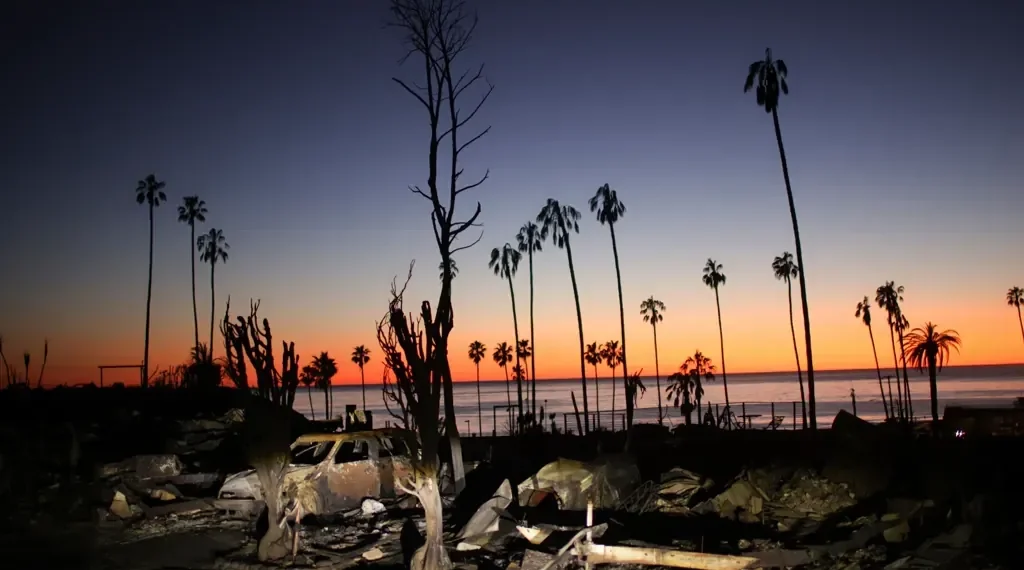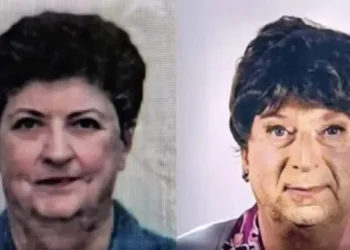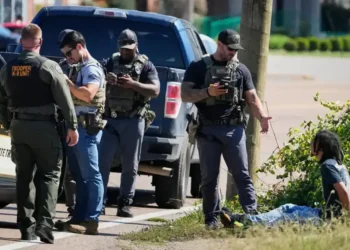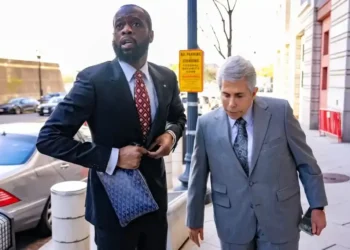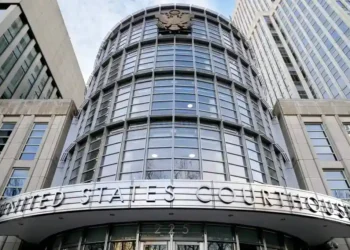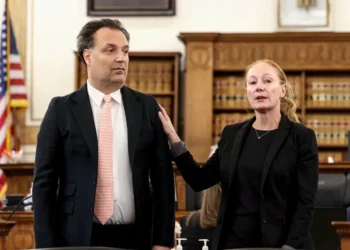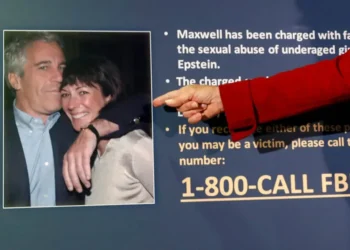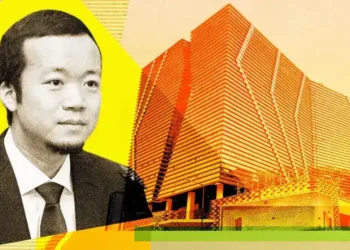Deadly Palisades Fire Linked to Suspect’s Alleged Actions on New Year’s Day
Published: October 9, 2025, 21:45 EDT
Federal authorities have charged a 29-year-old man with starting the Palisades Fire, one of the most destructive wildfires in Los Angeles history. The blaze tore through affluent hillside neighborhoods in Pacific Palisades and Malibu, leaving 12 people dead and destroying thousands of homes across Los Angeles County.
Prosecutors Detail Timeline of Fire’s Origins
According to the U.S. Attorney’s Office, Jonathan Rinderknecht, a local resident, allegedly ignited a small fire on January 1, 2024, that smoldered underground for several days before reigniting nearly a week later. The renewed flames rapidly spread through dry brush and strong winds, creating the catastrophic Palisades Fire.
Authorities said the incident was one of two major blazes that erupted on January 7, killing more than 30 people in total and leveling over 17,000 homes and structures.
Arrest and Court Appearance in Florida
The suspect was arrested Tuesday in Orlando, Florida, and appeared in federal court the following day. He faces charges including malicious destruction by means of fire, a felony that carries a minimum prison sentence of five years.
During the brief hearing, the accused appeared calm and told the magistrate that he was not under the influence and did not have any mental health issues. A bond and extradition hearing is set for October 17.
Messages seeking comment from Aziza Hawthorne, the federal public defender representing him, were not immediately returned.
Fire Department Faces Scrutiny Over Emergency Response
Los Angeles Fire Department Interim Chief Ronnie Villanueva called the arrest “an important step toward accountability” and said the department continues to examine lessons from the fire.
A department report released Wednesday revealed that firefighters lacked adequate resources and clear communication during the first 36 hours of the blaze, hampering containment efforts. Despite weather warnings of extreme winds, officials did not pre-deploy enough personnel or equipment.
The report also noted delays in evacuation alerts, with some residents fleeing without official instructions, resulting in gridlock that blocked emergency routes.
Suspect’s Movements and Alleged Actions Before the Blaze
Investigators said the suspect had been working as an Uber driver on New Year’s Eve 2024. After dropping off a passenger near a Pacific Palisades trailhead, he allegedly walked up a hillside, listened to a rap song depicting fire imagery, and set a small blaze shortly after midnight.
Acting U.S. Attorney Bill Essayli stated that the man returned to the site later that night to watch firefighters battle the flames. “He left when he saw fire trucks heading to the scene but then went back and recorded video of the firefighting efforts,” Essayli said.
Uber confirmed in a statement that it cooperated with the Bureau of Alcohol, Tobacco, Firearms and Explosives (ATF) to track the driver’s movements during the time of the fire.
911 Calls and Online Searches Raise Further Questions
According to the federal complaint, the accused made several 911 calls reporting the fire and later provided investigators with details about its origin that were not yet public. During questioning on January 24, he appeared anxious and provided misleading information about his location.
Authorities also cited evidence suggesting that the suspect had searched online about whether a cigarette could start a wildfire, allegedly seeking to frame the blaze as an accident.
Investigators Trace Cause to ‘Holdover Fire’
Federal officials described the Palisades Fire as a “holdover fire,” meaning it continued to smolder underground after the initial January 1 blaze. Such fires can persist in root systems up to 20 feet deep, often undetectable even with thermal imaging.
Investigators said a lighter was likely used to ignite dry vegetation or paper. They later recovered a “barbecue-style” lighter from the suspect’s car that matched one seen in his possession days before the fire.
Legal Experts Weigh Challenges for Prosecutors
Legal analysts noted that federal prosecutors must prove beyond a reasonable doubt that the January 7 inferno stemmed directly from the smaller New Year’s Day blaze.
“Establishing that causal link is critical,” said Jerod Gunsberg, a California criminal defense attorney familiar with arson cases. “It’s one thing to show negligence or recklessness, but proving intent and continuity between two fire events will be complex.”
LAFD’s Review Cites Operational Gaps
The fire department’s internal review acknowledged that early response delays contributed to the fire’s spread. Some off-duty firefighters could not be recalled promptly, and several supervisors lacked experience managing an incident of such scale. Many crews reportedly worked over 36 hours without rest.
The first evacuation orders came approximately 40 minutes after homes were already burning, according to independent reporting by The Associated Press.
Second Fire Investigation Still Ongoing
The same day the Palisades Fire erupted, another major blaze — the Eaton Fire — ignited in the community of Altadena, killing 19 people and destroying more than 9,400 homes.
Federal investigators have not yet determined its cause, though the U.S. government filed a lawsuit against Southern California Edison, alleging that its equipment may have sparked the flames.
A separate review commissioned by Los Angeles County supervisors in September found that outdated alert systems and inconsistent emergency policies delayed evacuation warnings.
This article was rewritten by JournosNews.com based on verified reporting from trusted sources. The content has been independently reviewed, fact-checked, and edited for accuracy, neutrality, tone, and global readability in accordance with Google News and AdSense standards.
All opinions, quotes, or statements from contributors, experts, or sourced organizations do not necessarily reflect the views of JournosNews.com. JournosNews.com maintains full editorial independence from any external funders, sponsors, or organizations.
Stay informed with JournosNews.com — your trusted source for verified global reporting and in-depth analysis. Follow us on Google News, BlueSky, and X for real-time updates.
